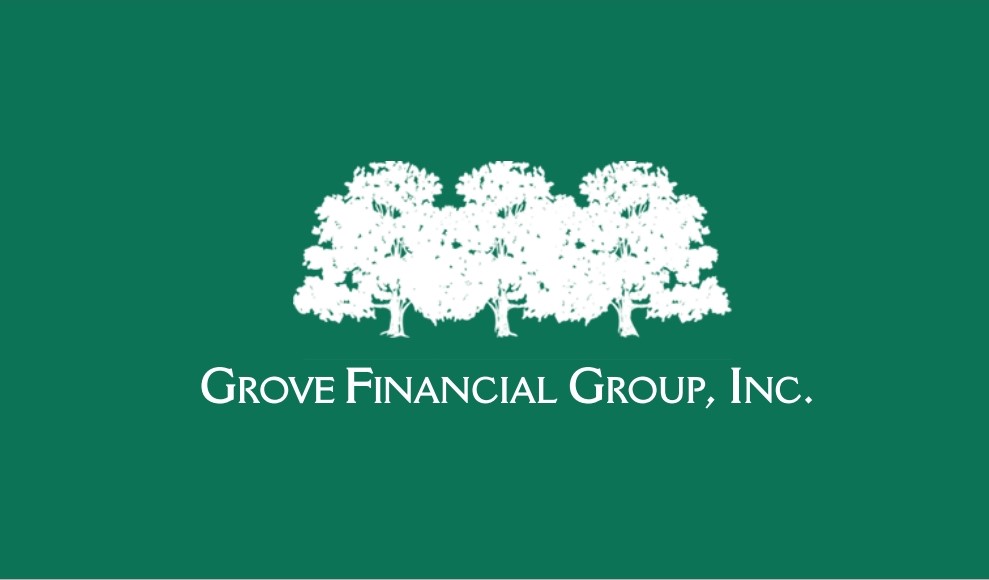Term vs. Whole Life Insurance
The Truth Most Agents Won't Tell You
Uncover the Hidden Trade-Offs So You Can Make the Right Choice—Not the Most Expensive One
Get Your Free AnalysisWhat Most Agents Won't Say Out Loud
The insurance industry generates over $1.3 trillion in annual premiums, with agents earning significantly higher commissions on permanent policies—creating conflicts of interest most consumers never realize exist.
Commission Reality
Whole life commissions can be 50-100% of first-year premiums, while term generates minimal ongoing commissions.
The "Investment" Myth
Whole life "investment" returns often lag market alternatives by 3-5% annually after fees.
Hidden Complexity
Many families are overinsured with complex products because agents are incentivized to maximize policy value.
The Real Comparison
Here's what the numbers actually show when you strip away the sales pitch:
✓ Advantages
- 20-30x less expensive for same coverage
- $1M coverage for $30-50/month (age 35)
- Simple approval process
- Invest the difference for higher returns
- Coverage when you actually need it
✗ Limitations
- Coverage expires at end of term
- No cash value accumulation
- Requires discipline to invest separately
✓ Advantages
- Permanent coverage
- Tax-deferred cash value growth
- Forced savings mechanism
- Potential dividends
✗ Major Drawbacks
- $800-1,200/month for $1M coverage
- High fees: 1-3% annually
- 10-15 years to break even
- Low returns: 2-4% after fees
- Surrender charges for early exit
The Math That Agents Don't Want You to See
35-year-old male, non-smoker, $1M coverage over 20 years:
Term Life Strategy
per month
- ✓ Total cost: $10,800 over 20 years
- ✓ Invest difference: $855/month
- ✓ Investment growth at 7%: ~$417,000
- ✓ Same $1M death benefit
Whole Life Strategy
per month
- ✗ Total cost: $216,000 over 20 years
- ✗ Cash value: ~$180,000 (if lucky)
- ✗ Opportunity cost: $237,000
- ✓ Same $1M death benefit
Result: Term + Investment Strategy produces $237,000+ more wealth
Red Flags That You're Being Sold—Not Advised
🚩 High-Pressure Tactics
- Avoids discussing term options
- Uses fear-based selling
- Pushes for immediate decisions
- Won't explain commission structure
🚩 Misleading Illustrations
- Projected returns seem too good
- Ignores impact of fees
- Shows policy loans without risks
- Compares to savings accounts only
🚩 Commission-Driven Sales
- Pushes most expensive products
- Adds unnecessary riders
- Excessive coverage recommendations
- Won't provide company comparisons
Insurance Needs Calculator
Calculate exactly how much coverage you actually need:
Your Insurance Analysis
Term Life Strategy
Whole Life Strategy
Recommendation:
Decision Framework
Choose Term Life Insurance If:
- ✓ You need affordable family protection
- ✓ You have children or dependents
- ✓ You have a mortgage or debts
- ✓ You want maximum coverage at minimum cost
- ✓ You'll invest the premium difference
- ✓ You haven't maxed retirement accounts
Consider Whole Life Only If:
- ⚠️ You've maxed all tax-advantaged savings
- ⚠️ You have estate tax concerns ($12M+)
- ⚠️ You need guaranteed special needs funding
- ⚠️ You're using it for business purposes
- ⚠️ You want forced savings (last resort)
- ⚠️ You understand the true costs
Get an Objective Second Opinion
Don't let commission-driven sales tactics cost you hundreds of thousands in lost wealth.
We'll help you cut through the sales noise and choose the right coverage for your specific situation—without the pressure or bias.
Get Your Free Policy Comparison & AnalysisNo sales pitch. No obligation. Just honest advice based on your actual needs.


